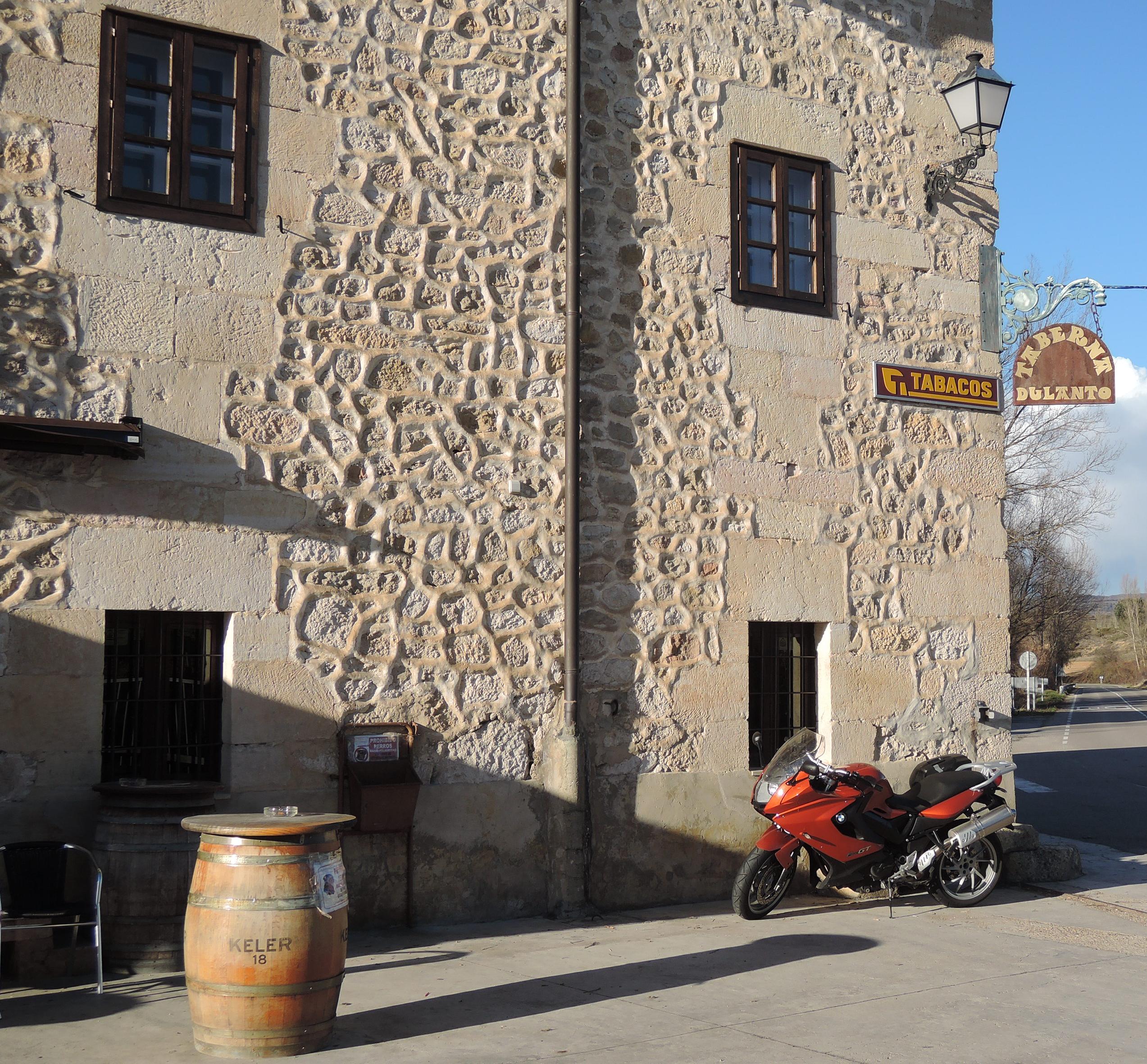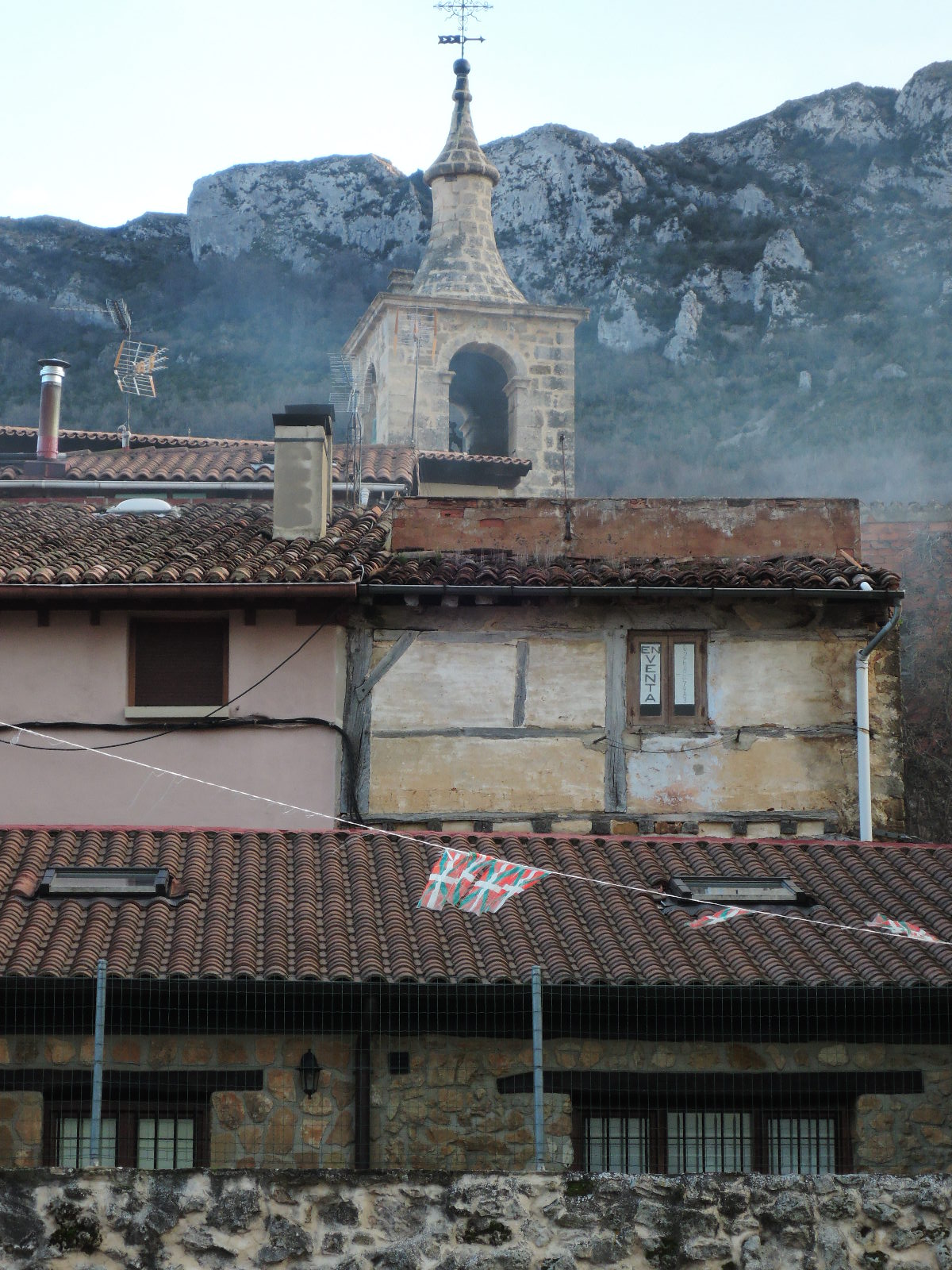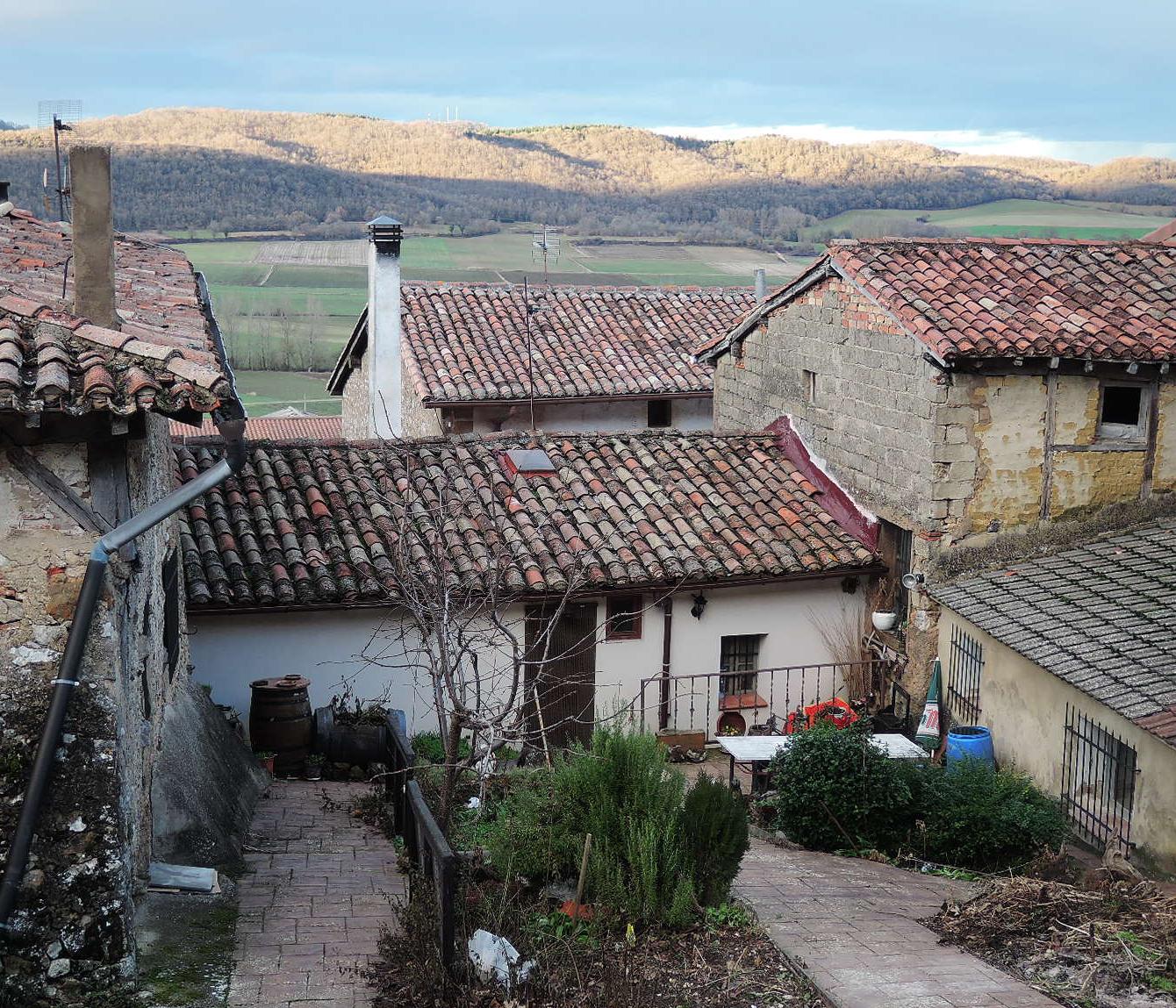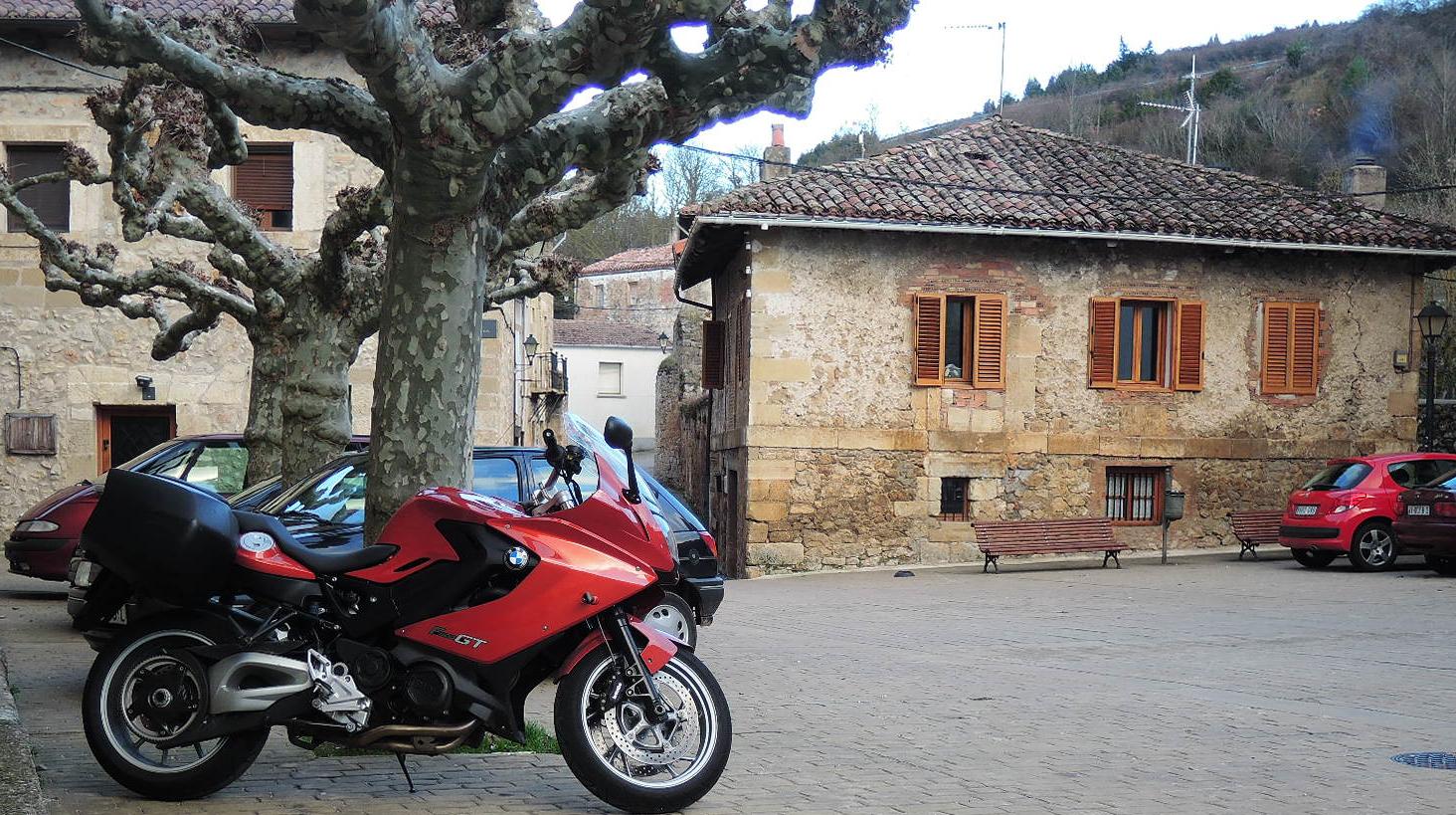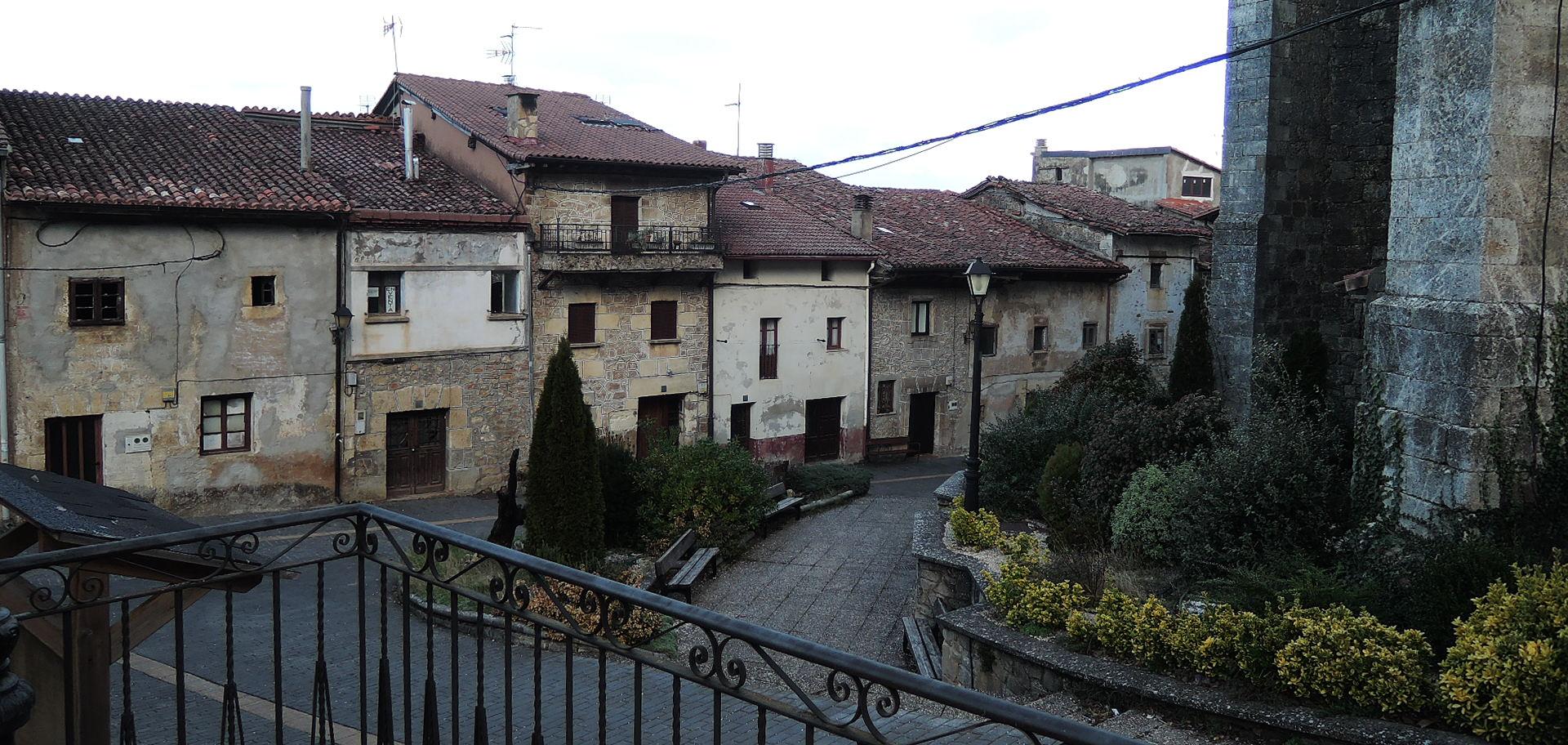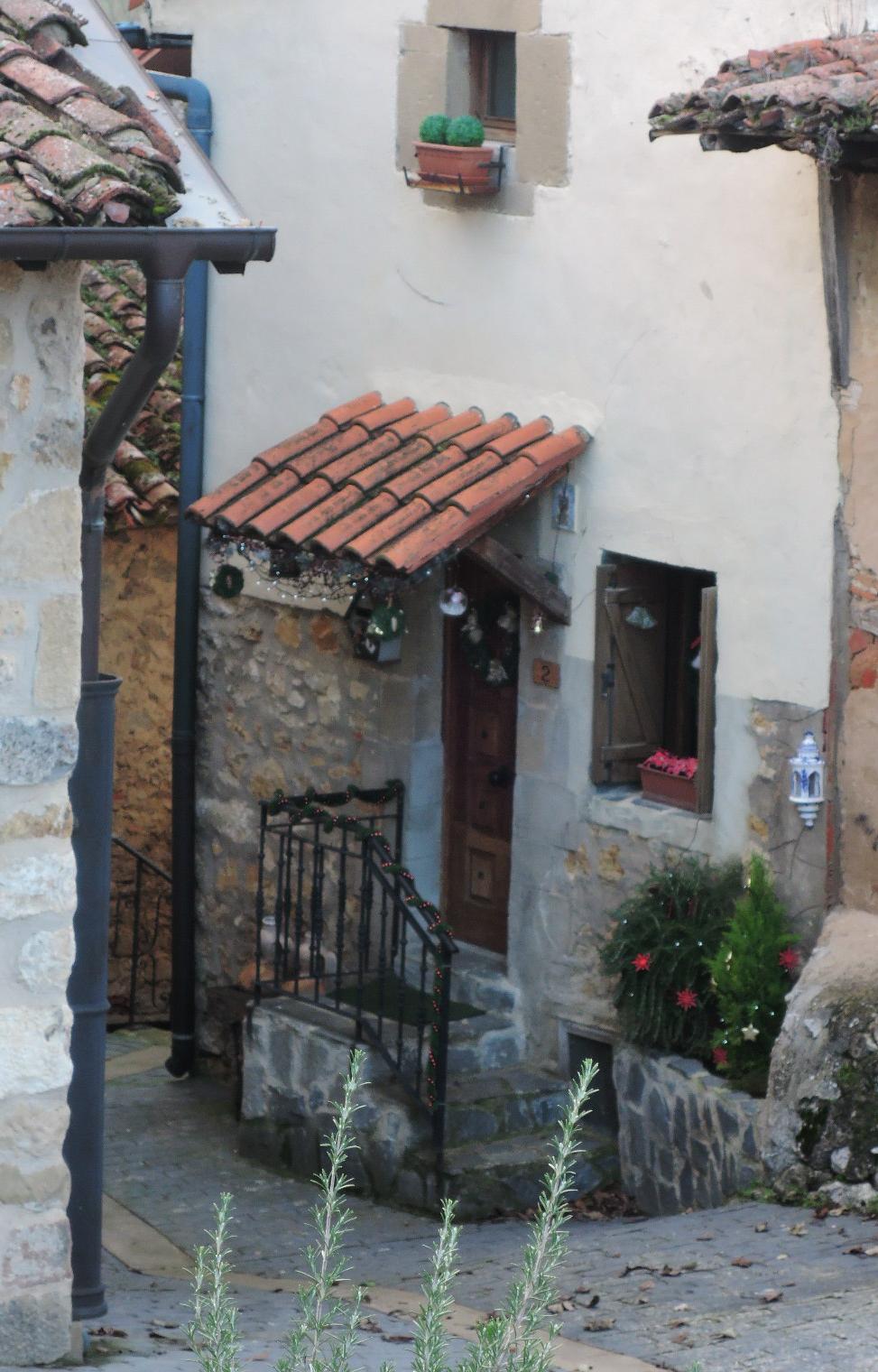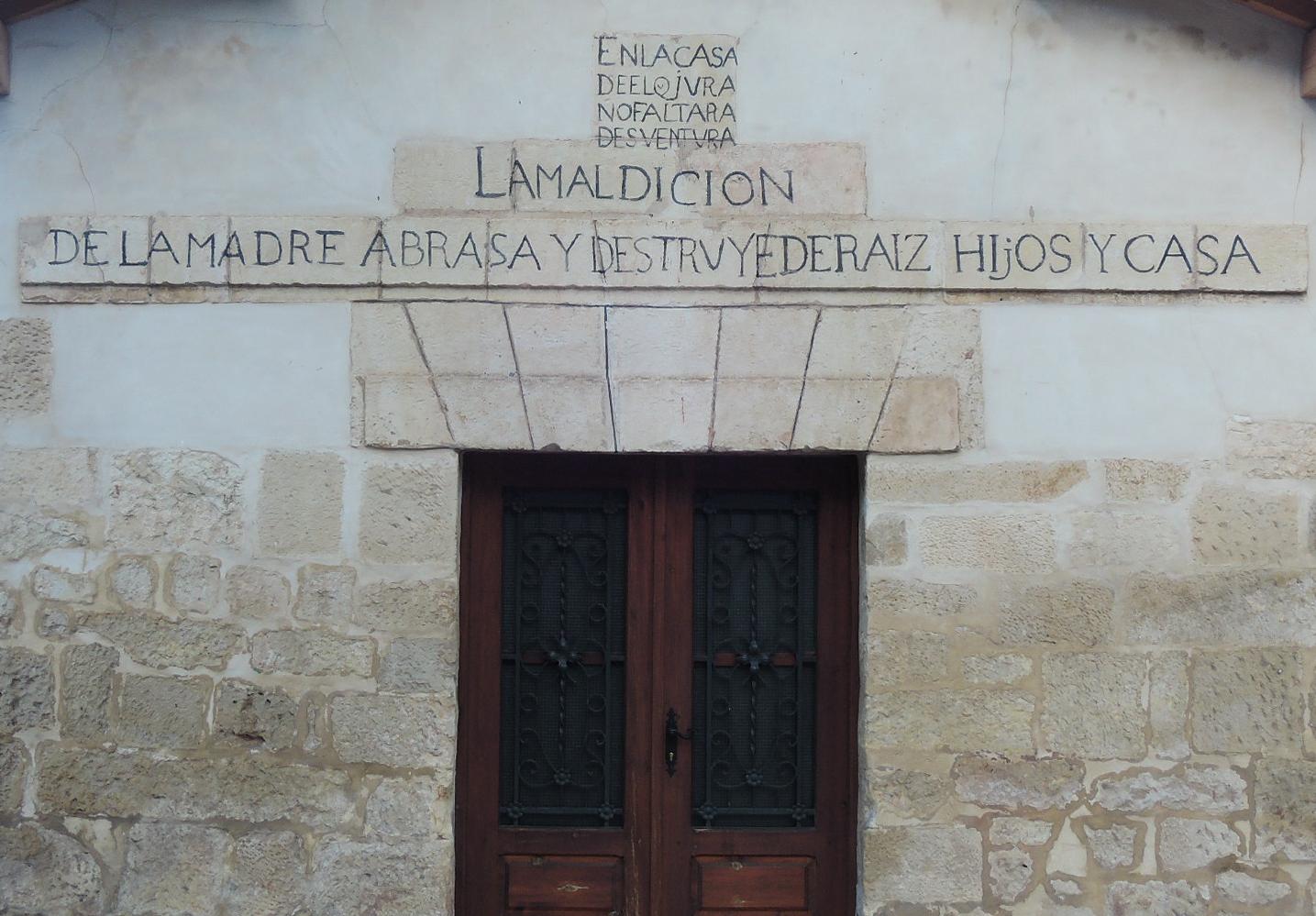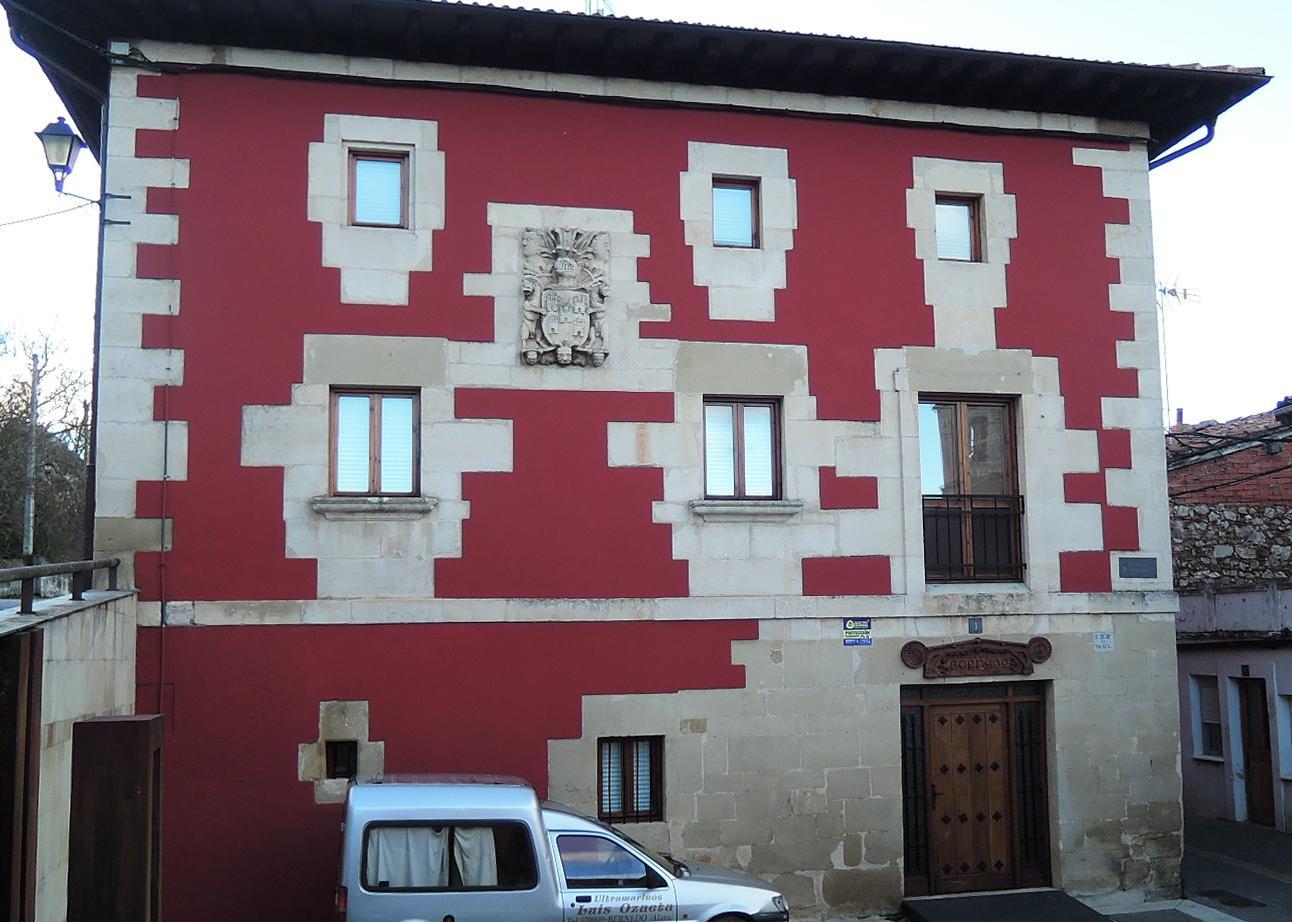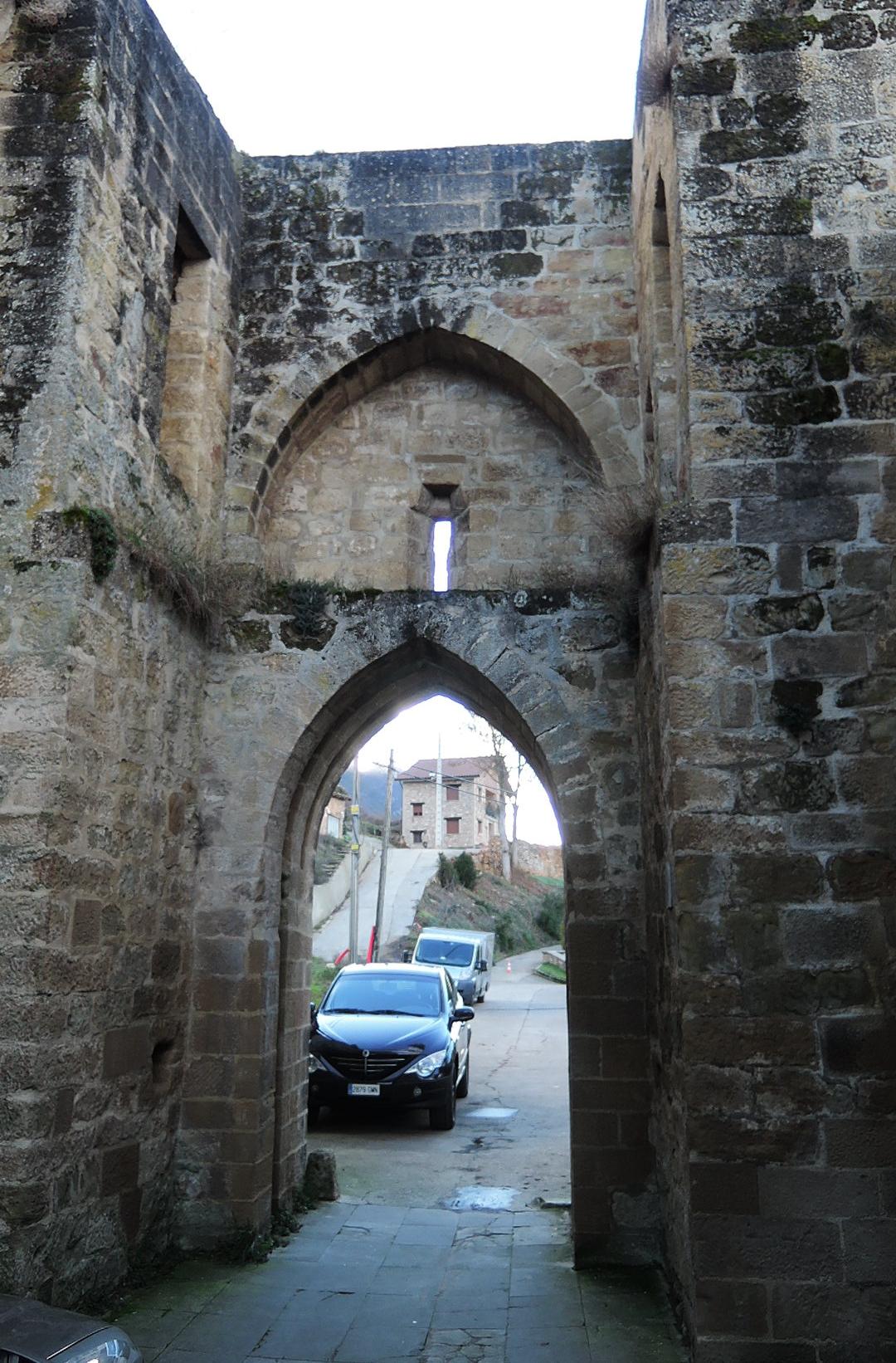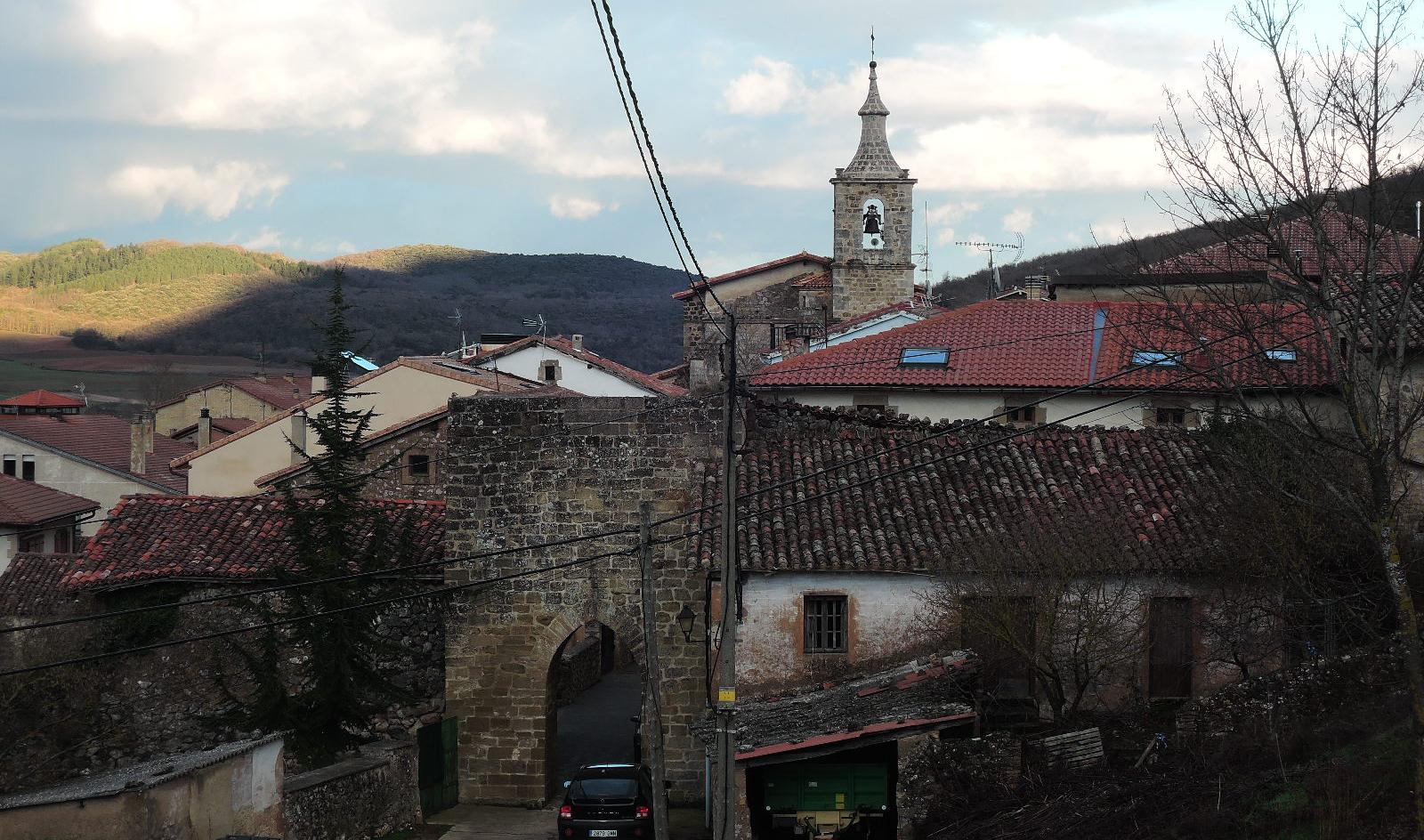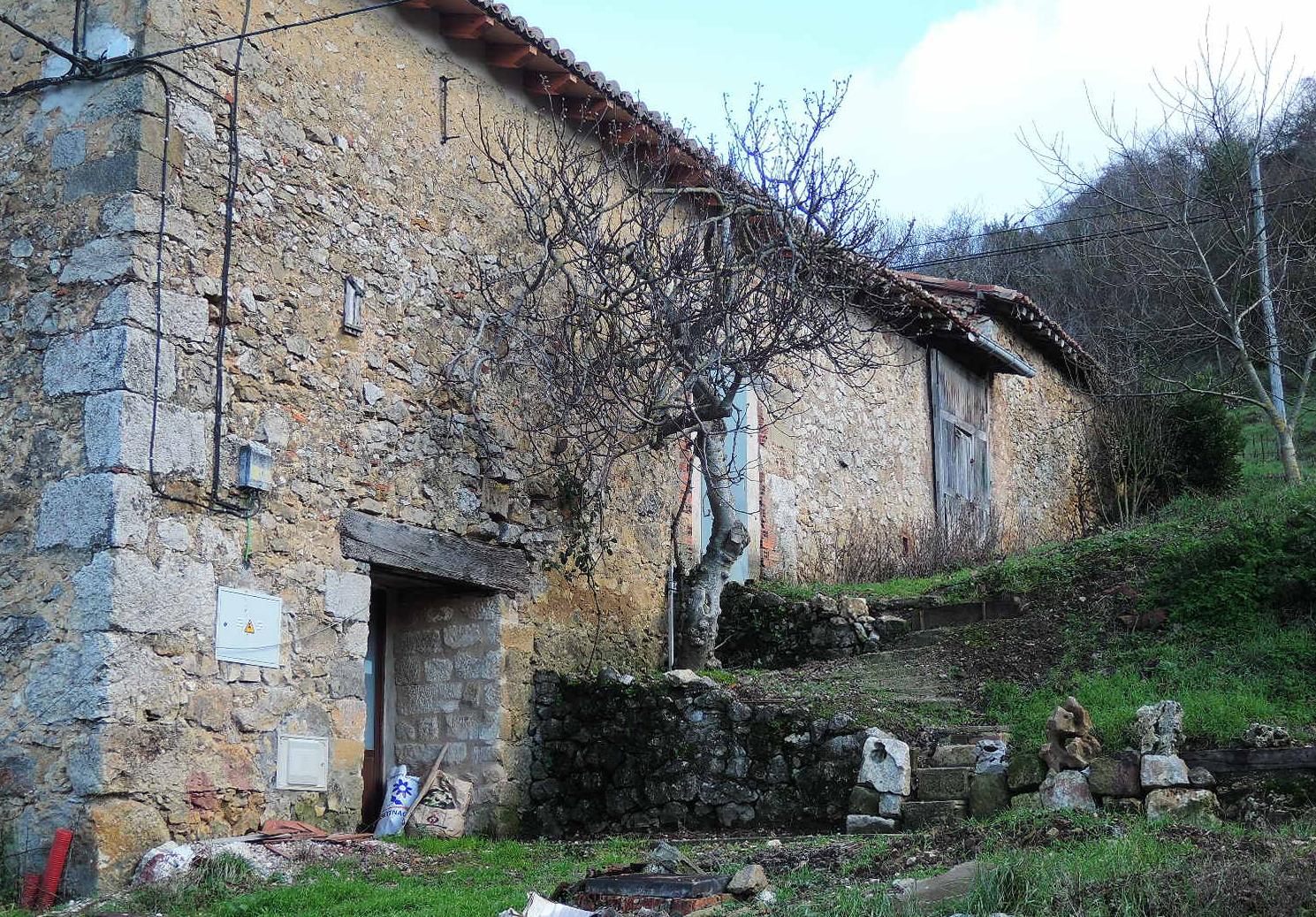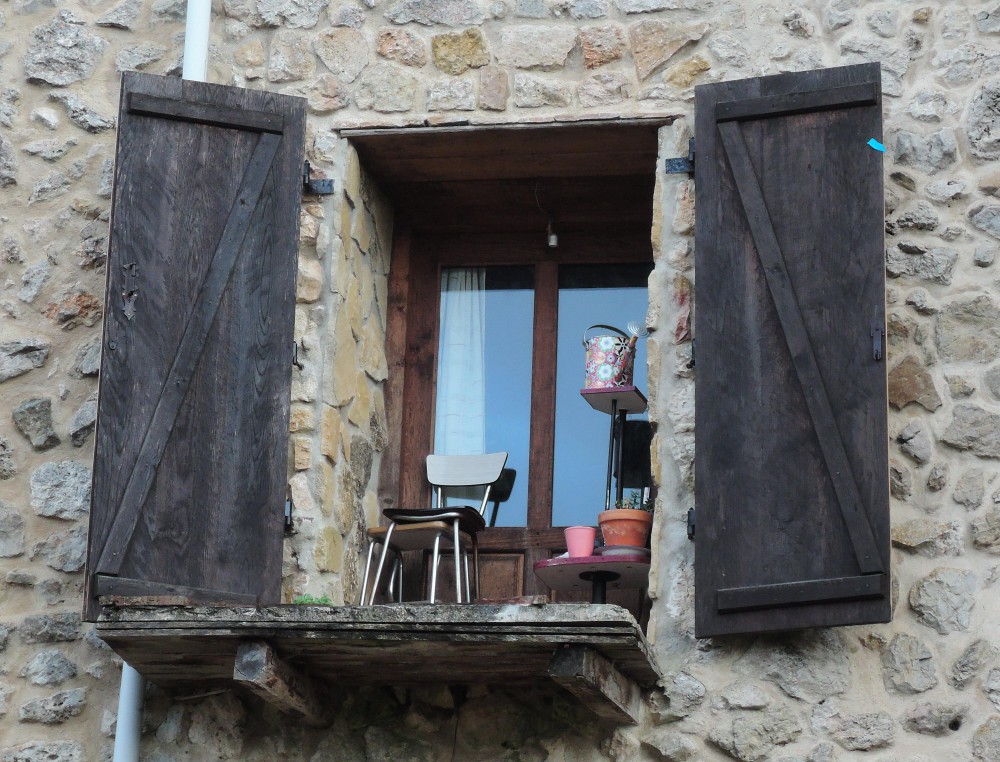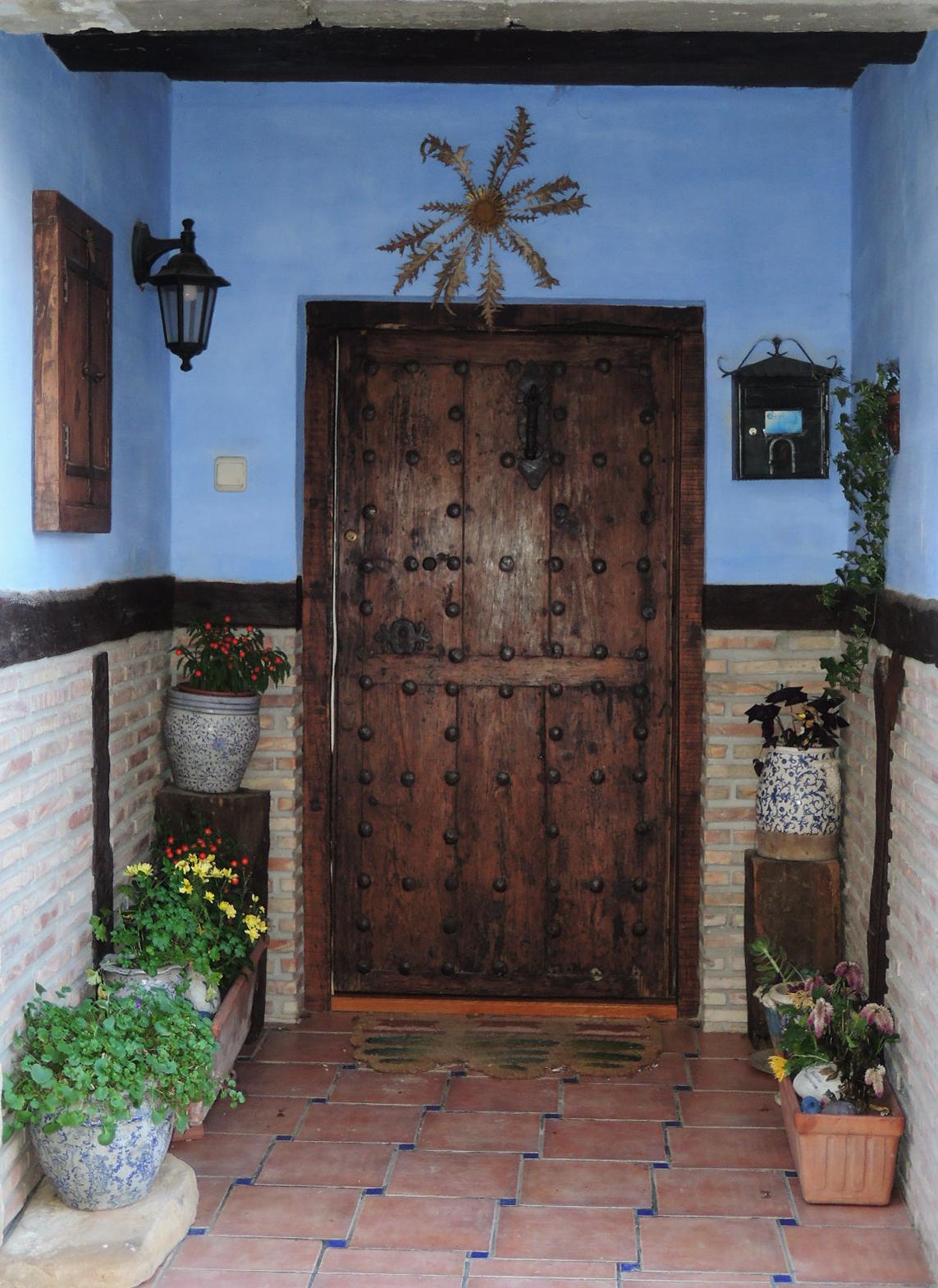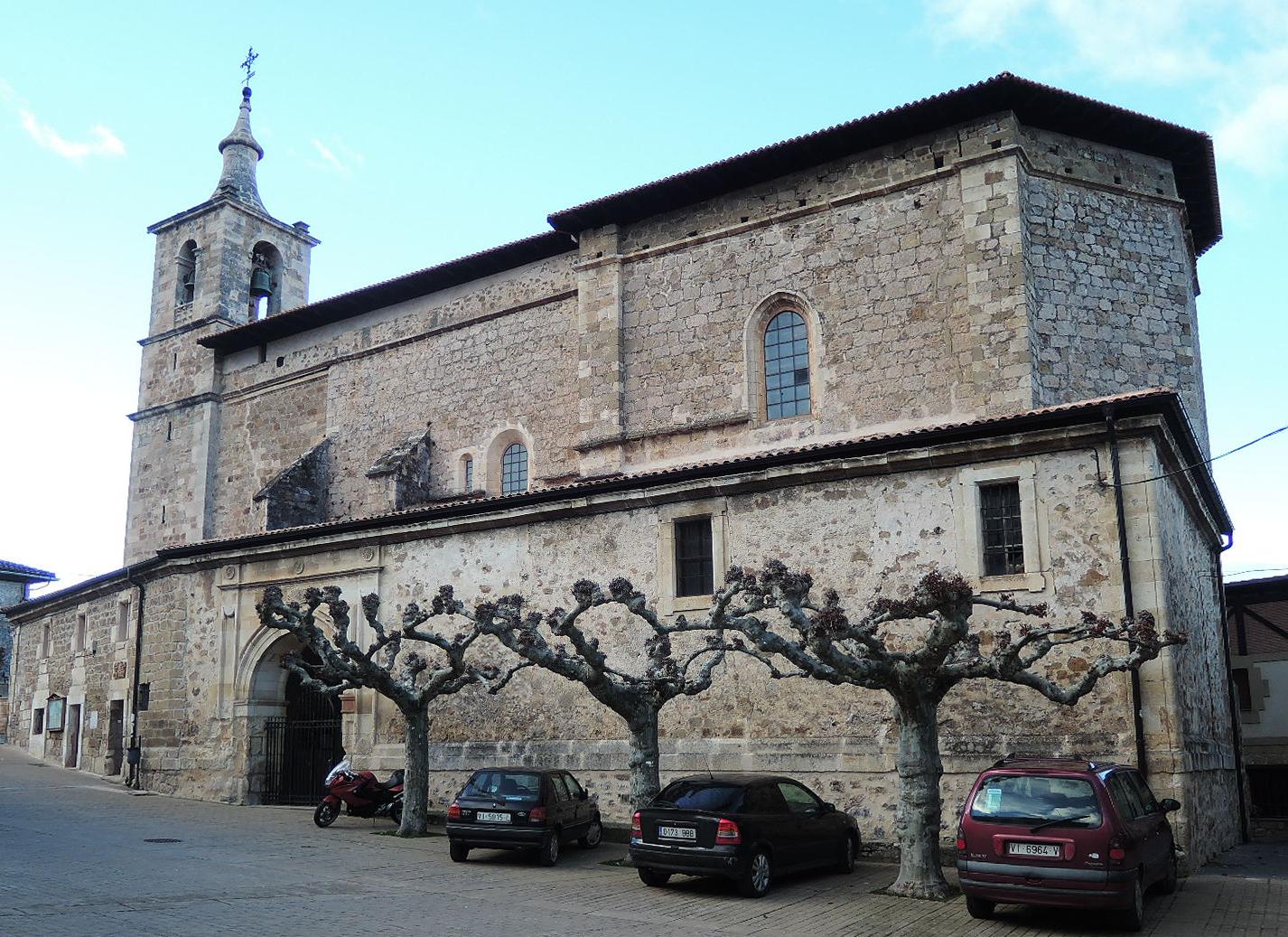The afternoon’s blue sky smiles at me between the cumuli, enticing me to a bike ride. Where to? This time of the year, South is usually the safest course; so I dress the attire and, before I can realize, I’m going on two wheels on the road leading to the Earldom of Treviño, that piece of Burgos that got trapped between other districts of Álava. Noon passed a while ago and I don’t have much sun left. Shades start to stretch out on the asphalt when I get to Dulanto’s tavern, a must stop for a coffee to warm up my inside.
I don’t really know whither I’m going. As often, I let myself be guided by whim: where I spot a village filling in my sight, perchance the tower of a church among the trees or a town napping on the fields, thither I’ll head my bike.
On a lowland to my left, highlighted against the greengray field under a lowering sun, the tiled roofs of Pariza tempt my fancy; but I let them behind: I feel like more road; I want to have some fun along the bends of the mountain pass.
Eventually, past other Castilian villages, it’s the Basque region again and I find there what I’m looking for.
Six leagues away from Vitoria, at the northern foot of the mountains dividing Álava from Navarra, where the waters of the Ega and the Inglares join Castille, there lies the borough of Bernedo, headquarter as it was of the Basque Provinces by the end of XIXst century: a medieval bordering enclave, compulsory pass for merchants and travelers between Castille and the sea.
The Sierra of Cantabria, such is its name, overshadows the valley and draws its silhouette onto the hills north of the river. Beyond them, on the horizon, a layer of leaden clouds dyes the evening light with a tinge of blue and moist, of steel and granite.
Riding very slowly I climb up the pine slope leading to the plaza, and I feel a dwarf under the impressive northern flank of the fortress-church that can’t hide its once defensive role.
I park Rosaura in the ample plaza, by the church’s portico and a row of lopped down trees, gnarled and stout. I look around: a few smoke columns of a blueish white outlining against the bare forest give away there’s life within the houses; but I can’t see a soul.
I walk round the church and get into the empty and shady narrow streets. The ancient origins of Bernedo go as far back as the Greeks settlers, who founded it with the name of Velia; and, as such, it’s listed under the cities of the juridical convention of Clunia. Many centuries later, unknown date, Bernedo would be built on Velia, and the first written instance of the new town found in History appears when, in year 1182, the king Sancho of Navarre, nicknamed the Wise, grants it the fuero de población, a status of borough, as he did with many other towns we’ve already visited. Also, alike those towns Bernedo is erected as walled stronghold, encircling three horizontal streets parallel to the hillsides, communicated by alleys and passageways, and towered by a castle (now reduced to ruins).
A very unusual inscription on the facade of a centric, isolated house by the plaza calls my attention and makes me halt for some minutes. I read it over and over. “The house of Elojura won’t ever be short of misfortune. The curse of the mother roots out, burns and destroyes progeny and house.” It’s the first time I watch an accursed house. Which tragedy those words enclose? Which legend they drag? But there’s nobody around to ask, and I part unanswered.
Along its history Bernedo had special favours and privileges, such as the banning of duels and common proofs of boiling water and red hot iron, as well as the exemption of customs duties; and, though the Navarre king Carlos II imposed on them a toll, the serfs appealed–successfully–to the king of Castille to intercede for them.
My steps soon led me to Sarrea gate, the only remaining one out of three formerly existing in the wall encircling the town. I keep strolling outside, along the road to the chapel as it smootly climbs up the hillside, whence I can gain a fine view over the town. Now the sun only shines on the summits of the opposite ridges.
It’s a tidied up and gathered up town, as most of the Basque towns are; nice houses well taken care of or restored, peaceful and cozy atmosphere even in such a cold winter evening as this. A town whose stones dream perhaps of past old glories, longing for their wall and their Castilian castle; stones maybe yearning their belonging to Navarre, though by the end of XIVth century Carlos III, king of Navarre, had already given to the Castilian Enrique II the tenure of the stronghold, who handed it over to the town’s majors.
But it was only by the end of XVst century when Bernedo definitely passed to the kingdom of Castille, and the lordship of the town was given to Pedro López de Ayala, the infamous Comunero; the same one who later on–as I already told in my visit to Salvatierra, being lord of this city, rose up against his king Carlos V stirring the war of the Communities, while don Diego Martínez de Álava was major of Bernedo. This one would manage to get for the town, from the king of Castille, the same privileges as those of Vitoria, capital city of the region. However, his villeins paid him ill willedly, as they captured his son and joined the king’s enemies in the aforementioned war. Once this was over, and the Comunero was defeated, the town was ruled again by Martínez de Álava’s kin.
My head swarming of helmets and swords, battlements and tolls, I turn round towards the plaza and its magnificent church. I glimpse a bunch of kids in the turn of a corner, and I go after them out of curiosity, but there’s no trace of them; I keep walking and come to a romantic nook where a drinking fountain admonishes, since one and a half centuries, a four tuppence fine for those who do laundry there.
Before going back home I walk down to the road, where upon arrival I saw an open bar. It’s the only lively place in town. But it’s too late for a tapa, and I order instead a hot chocolate to warm up my body before riding Rosaura on the road, back to XXIst century.

